Choosing between fiber optic and cable internet often appears deceptively simple – just select the higher speed tier. Yet real-world performance hinges on more than advertised megabits. Have you struggled with buffering during peak hours? Faced agonizingly slow large file uploads? The decision involves critical factors like reliability, cost, latency, and scalability. While speed grabs headlines, one frequently overlooked differentiator could be your ultimate deciding factor…
1.What Is Fiber Optic Cable?
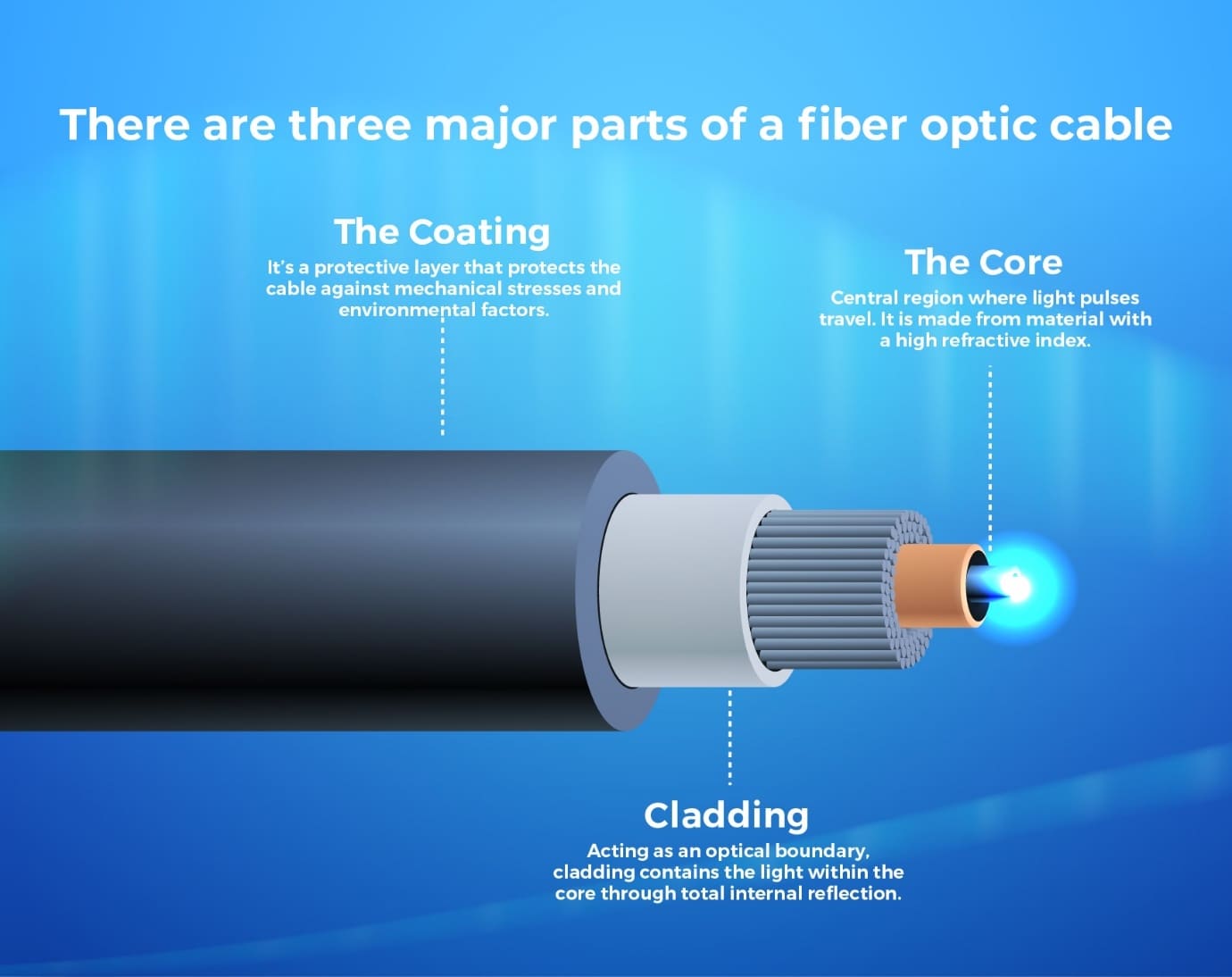
Core Technology & Operation:
Key Advantages of Fiber:

2. Understanding Cable Internet
Cable internet leverages the existing coaxial cable (coax) infrastructure, originally deployed for cable television, to deliver broadband. Data travels as electrical radio frequency (RF) signals over copper core lines shielded by multiple layers.
Core Technology & Operation:
Key Characteristics of Cable:
Asymmetrical Speeds: Download speeds are typically significantly higher than upload speeds (e.g., 1 Gbps down / 35 Mbps up). Upload limitations hinder activities like large file transfers or live streaming.
Shared Bandwidth: Users within a neighborhood node share available capacity. Performance can degrade during peak usage times (evening hours), causing slowdowns (“network congestion”).
Susceptibility to Interference: Coax lines are vulnerable to electromagnetic interference (EMI) from nearby power lines or appliances, potentially causing noise and instability.
Moderate Reliability: While generally robust, signal quality and uptime can be affected by local node health, amplifier issues, and severe weather impacting above-ground lines.
Higher Latency than Fiber:Typically exhibits 15-40ms latency, suitable for general use but less ideal for highly sensitive real-time tasks compared to fiber.
3. Deployment Considerations:
Cable’s Shared Electrical Signal:Bandwidth within a node is a shared resource. As more subscribers use data-intensive services simultaneously, available bandwidth per user decreases, impacting speeds – especially noticeable during uploads which have far fewer dedicated channels than downloads.
4.Choosing What’s Right For You: A Practical Guide
Choose Fiber Optic If You:
- Require high upload speeds (remote work, cloud services, content creation, extensive backups).
- Have many concurrent users/devices (smart homes, multi-user 4K streaming, gaming households).
- Demand maximum reliability and uptime (critical work-from-home, security systems).
- Engage in latency-sensitive activities (competitive e-sports, high-frequency trading, complex video conferencing).
- Seek the most future-proof infrastructure.
Choose Cable Internet If You:
- Primarily consume content (streaming video, browsing, social media) rather than create/upload large volumes.
- Are in a household with moderate simultaneous usage.
- Find fiber unavailable or cost-prohibitive in your specific location.
- Are satisfied with current speeds and experience minimal peak-time congestion in your area.
Summary
Advertised download speeds are only part of the broadband story. Fiber optic technology, with its light-based transmission, delivers inherent advantages in symmetrical performance, reliability, latency, and future scalability, fundamentally changing the user experience for data-intensive tasks and multi-user environments. Cable internet, leveraging widespread coax infrastructure, provides capable service for many users focused on downloading content.
Ultimately, the deciding factor often boils down to this: Do you need robust, consistent, two-way performance (fiber), or is your usage predominantly download-focused and tolerant of potential peak-time variations (cable)? Assess your household’s actual upload demands, sensitivity to latency, and tolerance for potential congestion to make an informed choice that goes beyond the headline speed number. As fiber availability expands, its superior capabilities make it the clear long-term solution for increasingly connected digital lives.
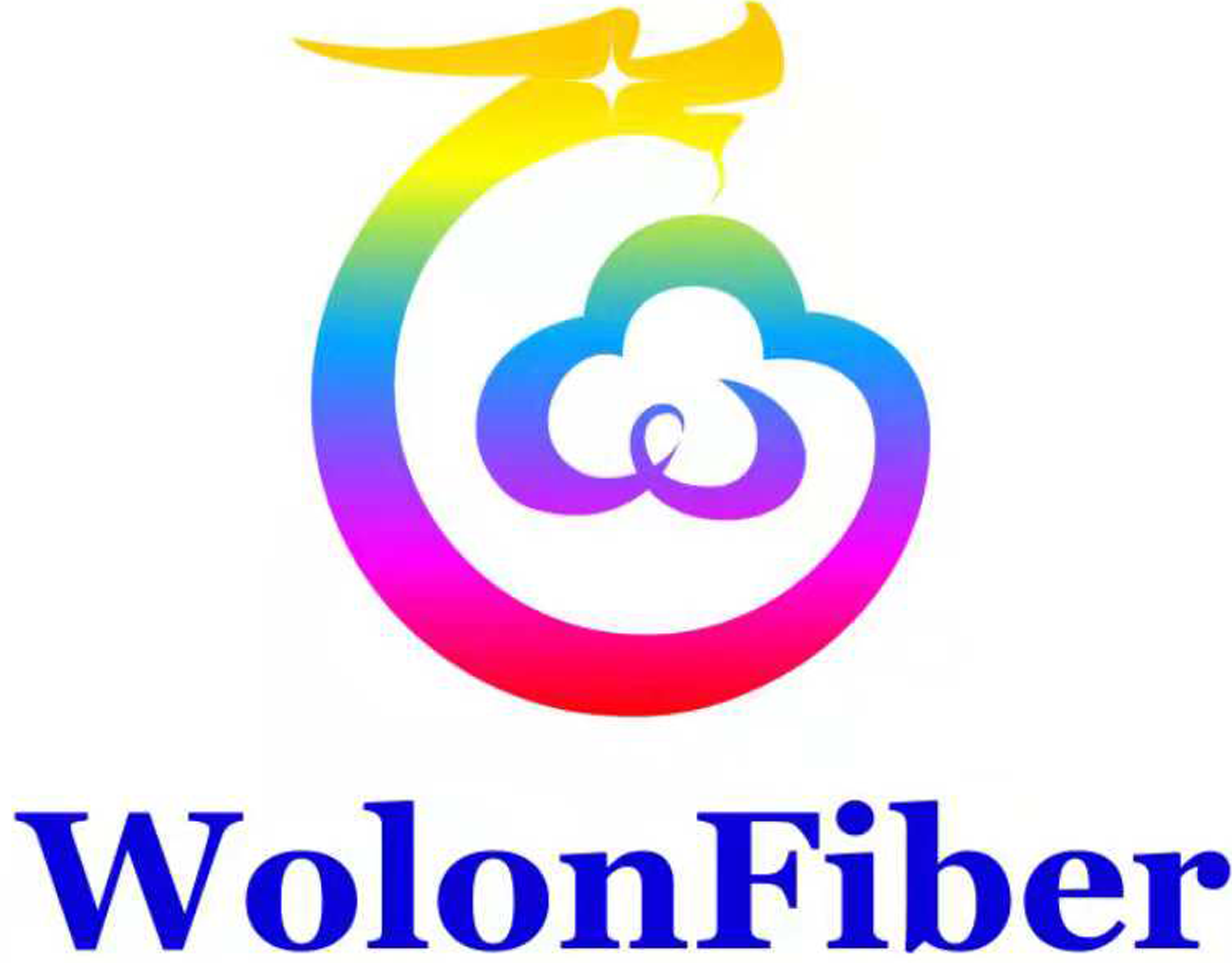




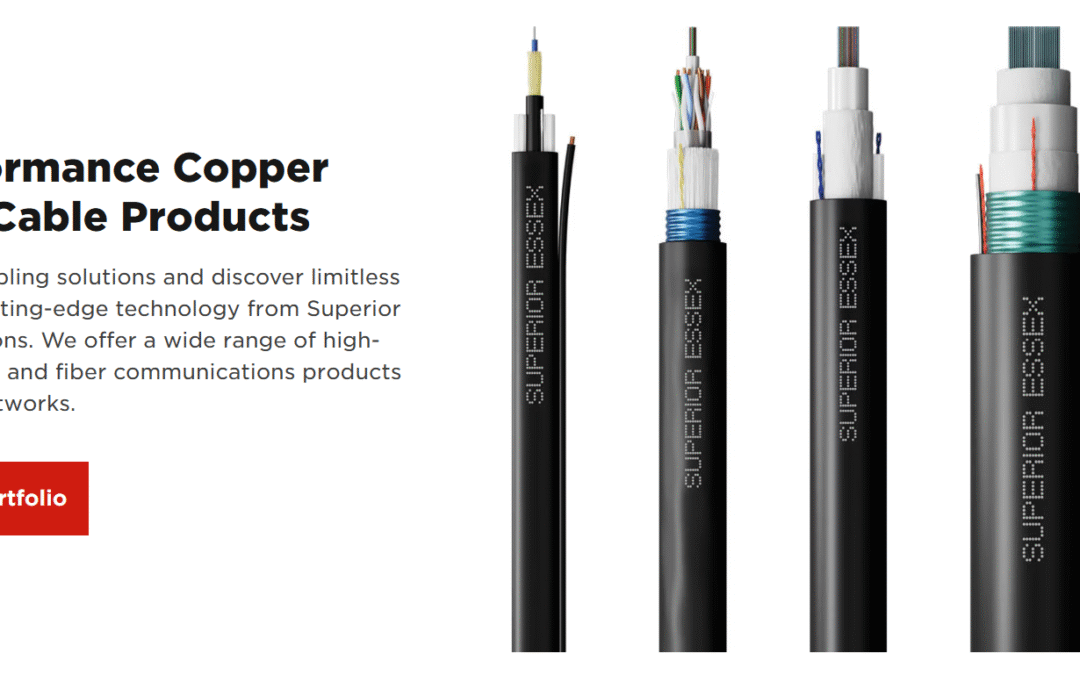
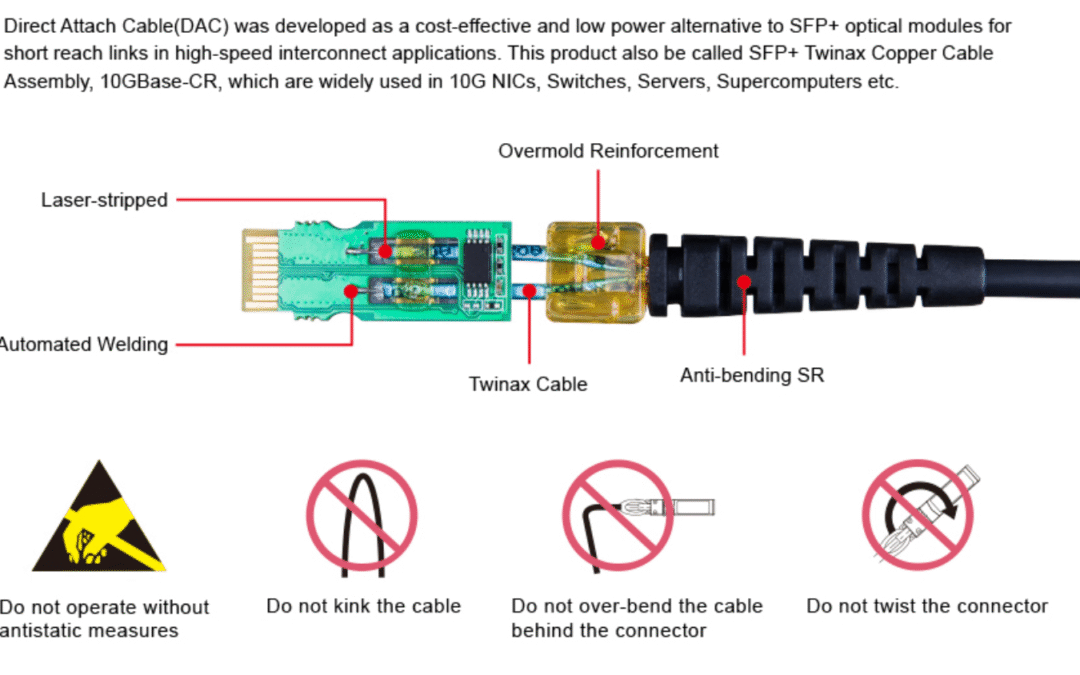
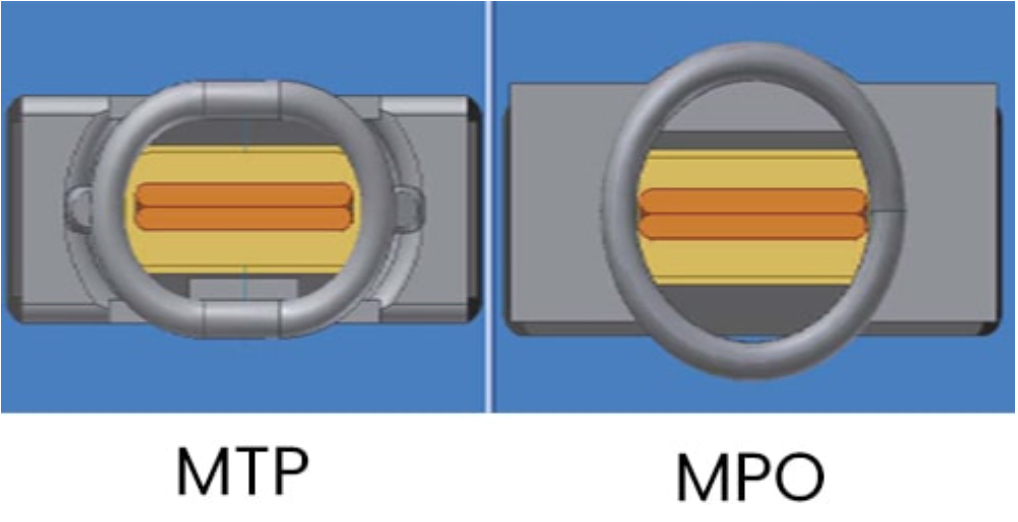
0 Comments